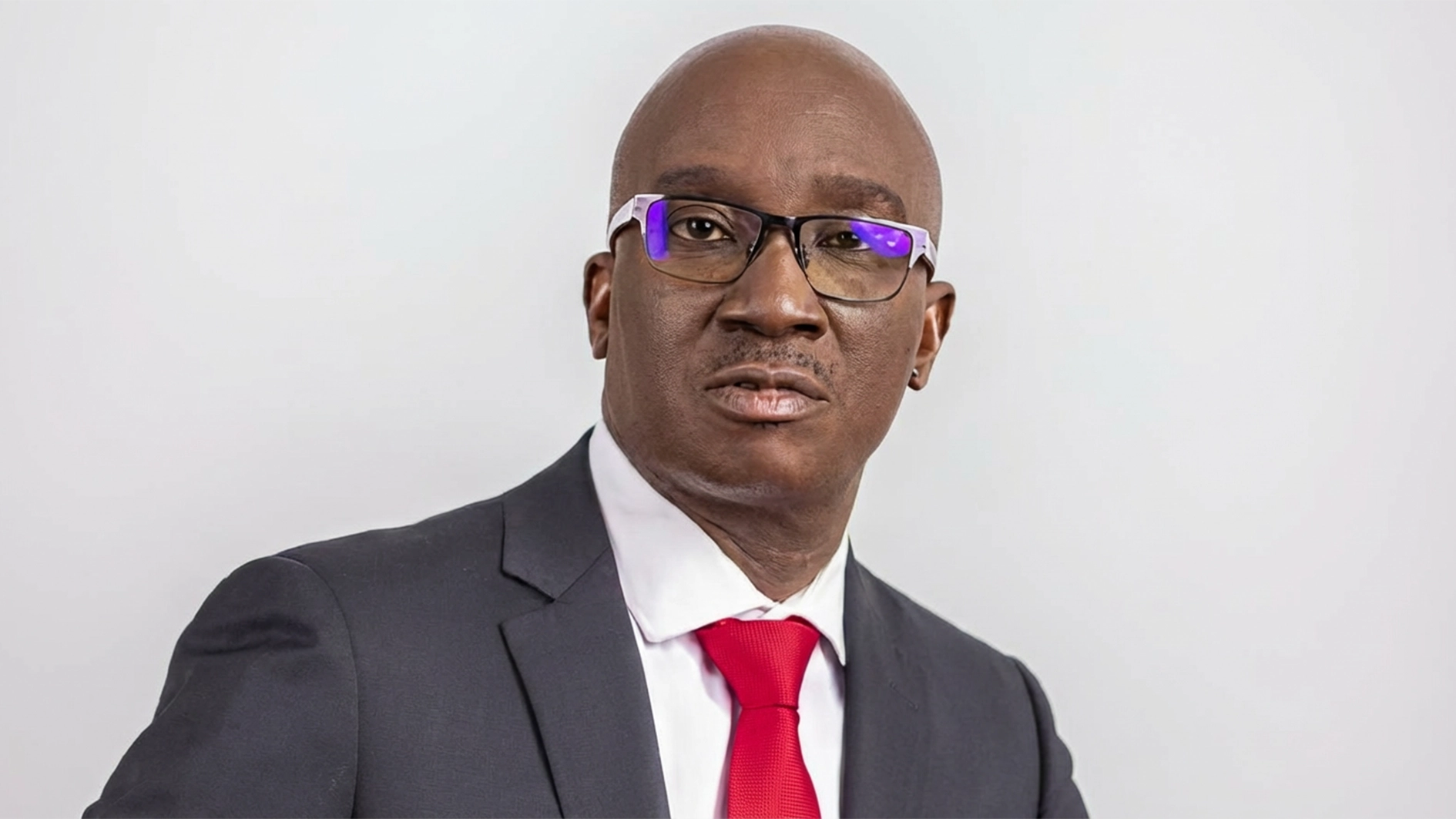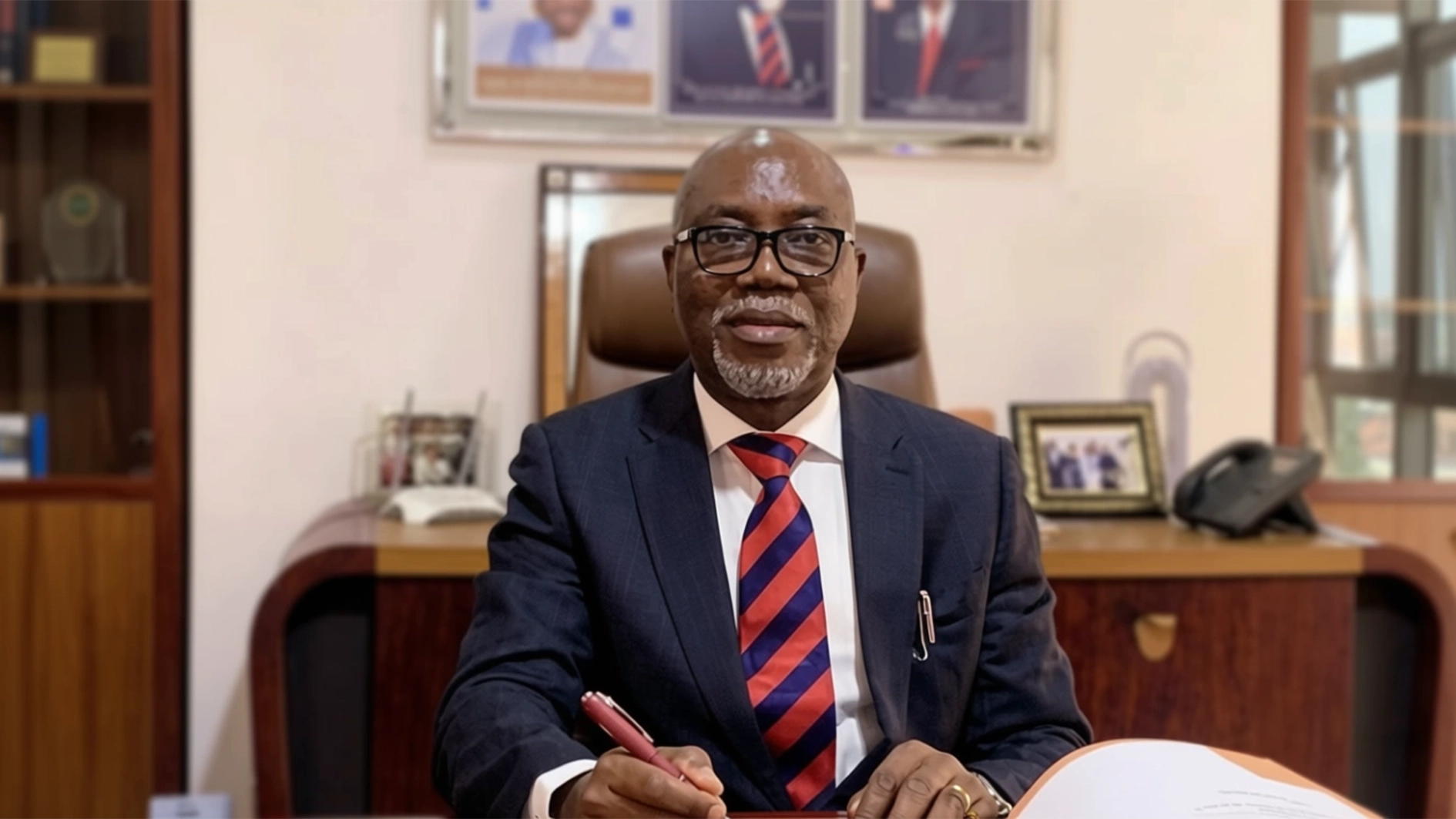Stakeholders in climate governance and civic accountability have expressed concern that Nigeria’s increasing reliance on loans to fund climate-related projects could increase its already fragile debt burden.
The experts called for a shift towards more transparent, grant-based financing and stronger citizen accountability mechanisms.
They made the submissions during an X Space on climate financing in Nigeria organised by Connected Development (CODE) in partnership with Oxfam Nigeria.
According to them, Nigeria received about $4.9 billion in climate finance between 2015 and 2021, with a significant proportion arriving as loans rather than grants.
Speaking, Research Analyst, Natural Resource and Climate Governance at BudgIT Foundation, Alice Adedayo, explained that climate budgeting in Nigeria remains poorly integrated, especially at the subnational level.
According to her, Nigeria adopted a coding protocol in 2014, which allows classification and coding for budget line items.
She said: “When we were doing the analysis of the budgets of three states, Akwa Ibom, Delta and River States, we discovered that this code, although at the federal level, they’ve been implemented but at the subnationals, it was difficult to actually track some of these line items, especially around climate mitigation and adaptation projects, which is a challenge.
“Our research has shown where we are in terms of the financial gap and where we need to go. Nigeria has received about $4.9 billion between 2015 and 2021. There should also be a clear guideline on how debts can be utilised to fund climate initiatives. Most of this funding is targeted at mitigation and adaptation projects, but without structured risk management, we risk mortgaging our future”, she said.
Adedayo called for more citizen education on how to interpret and monitor climate-related spending.
Executive Director at the Centre for Journalism Innovation and Development (CJID), Akintunde Babatunde, lamented the disconnect between citizens and governance.
He observed that citizens are unlikely to demand transparency in climate spending if they cannot link failed projects to everyday hardships such as flooding, food shortages, or fuel scarcity.
According to him, climate change is no longer an abstract global term but a direct cause of erratic rainfall, loss of grazing lands, and rising conflicts between farmers and herders.
“We have a country where most people are detached from the everyday governance principles and the culture of asking questions until it affects them directly.
“Let people know that the only reason why there is unusual rainfall leading to flooding is because climate change is real. Until people link climate change to their everyday life, they will not track how much has been expended on climate-related projects”, he said.
Regional Programme Manager at GreenFaith Africa, Pius Oko, raised concerns over the nature of climate financing arriving in Nigeria
He noted that faith institutions are often the first point of refuge when floods and other climate disasters strike. Yet, their voices are rarely prioritised in shaping policies and funding decisions.
Oko warned that climate finance that arrives as debt can deepen the very vulnerability it seeks to address, especially for communities already facing poverty and displacement.
He observed that locally-owned renewable energy systems, tree sanctuaries, and climate-resilient agriculture around places of worship could serve as models for energy transition and attract more people-centred financing.
“Three in four climate dollars arrive as loans, and after you strip the loan to the grant equivalent, our supposedly $4.9 billion headline becomes $2.6 billion. Climate finance that arrives as debt can deepen the very vulnerability it claims to fix. We are saying that it should be prioritised in terms of grants, especially for adaptation”, he said.
Research Lead at CODE, Augustine Okere, highlighted changing dynamics in Nigeria’s climate finance landscape, noting a shift from bilateral to multilateral lending.
“Between 2020 and 2022, the number of loans Nigeria received from bilateral creditors, mostly the U.S., U.K., and other developed countries, reduced from 77 per cent to 14 per cent, while multilateral creditors increased from 13 per cent to 48 per cent.
“Within this same period, Nigeria received more than $1.4 billion in international climate finance, significant aspects of which came as loans, adding to its debt profile”, he said.






